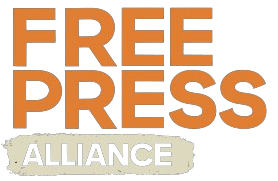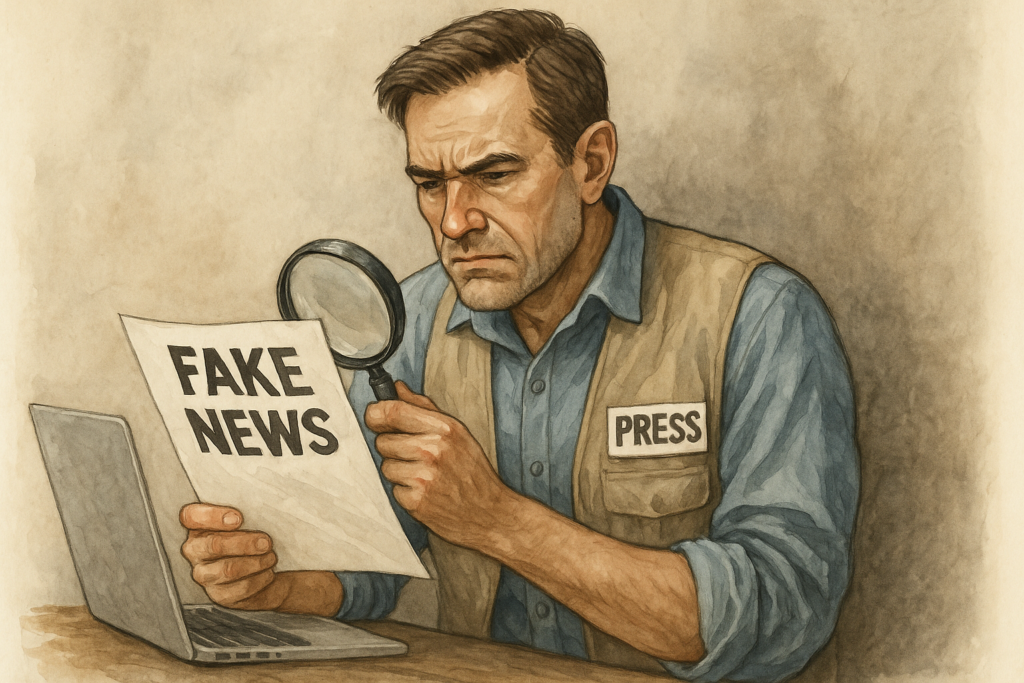As discussed in our Insights article, The Role of Social Media in The Spread of Fake News, false information now spreads faster than ever, amplified by social media algorithms. For journalists, the ability to identify and counter misinformation is not just a skill, it’s a responsibility. In this article, we’ll walk through practical strategies to help journalists recognize fake news, verify sources, and maintain credibility in an era of information overload.
What Is Fake News?
First, we need to understand what fake news is, it refers to deliberately false or misleading information presented as legitimate news. It often aims to influence public opinion, generate ad revenue through clicks, or cause confusion. It can appear as:
- Sensational headlines
- Deepfakes or manipulated images
- Fabricated sources
- Misleading statistics
- Satirical content mistaken for real news
Why It Matters for Journalists
Misinformation can damage public trust, polarize communities, and undermine the role of the press. Journalists have a duty to:
- Verify facts before publishing
- Correct misinformation swiftly
- Educate audiences on media literacy
How to Identify Fake News: 7 Practical Tips
- Check the Source
Always investigate the origin of the article. Is it from a reputable outlet? Watch out for websites that mimic real news platforms with slightly altered URLs.
- Analyze the Author
Look for a byline. Can you find the journalist’s credentials or previous work? Fake articles often have no identifiable author or use pseudonyms.
- Scrutinize the Date
Misinformation often resurfaces during relevant events. Always check the publication date and see if the content is out of context or repurposed.
- Read Beyond the Headline
Clickbait headlines are designed to provoke reactions. Always read the full article before sharing or referencing it. Fake news often hides weak or false claims behind dramatic titles.
- Verify Supporting Evidence
Do reputable sources back the article’s claims? Look for hyperlinks, official statements, or research studies. If it lacks clear evidence, it’s a red flag.
- Cross-Check with Trusted Outlets
Use fact-checking websites such as:
Compare the story with credible news agencies like Reuters, BBC, or AP News.
- Watch for Emotional Manipulation
Fake news often triggers strong emotional reactions to encourage sharing. Be cautious of content designed to evoke anger, fear, or outrage without factual support.
Conclusion
In a media landscape where misinformation thrives, journalists must stay vigilant. By learning how to identify fake news and educating others, you become part of the solution. Trust in journalism depends on your commitment to truth.

